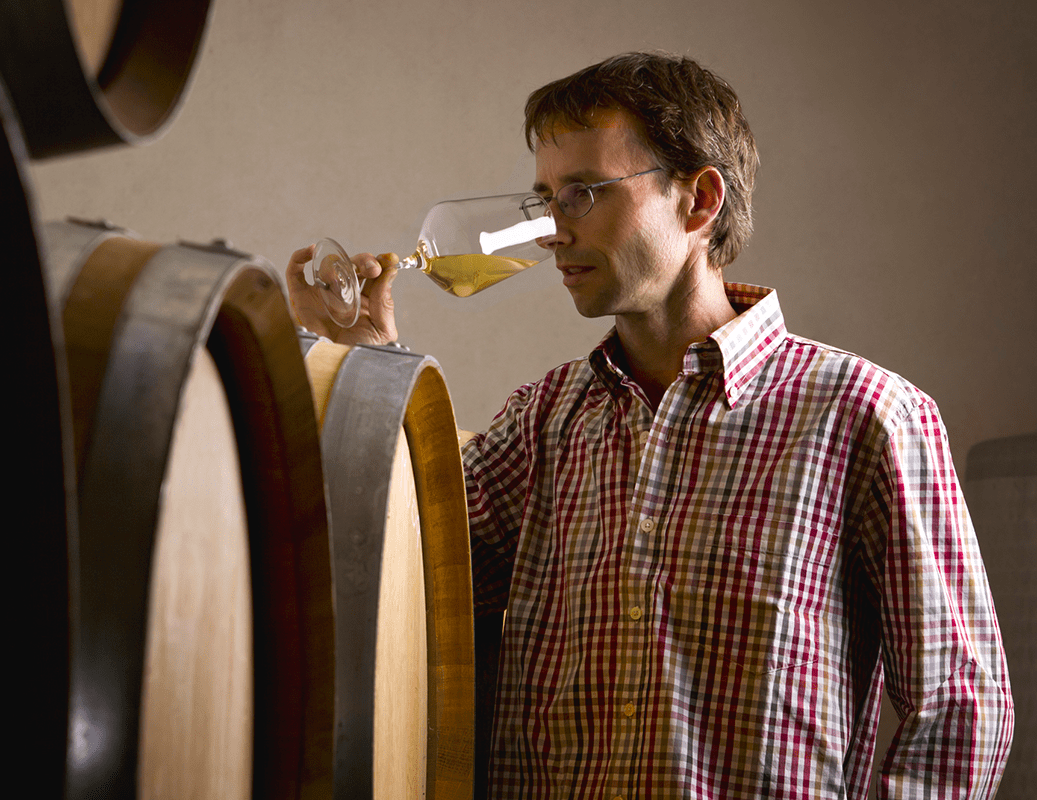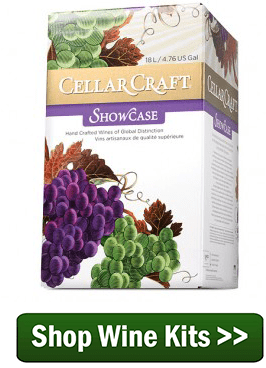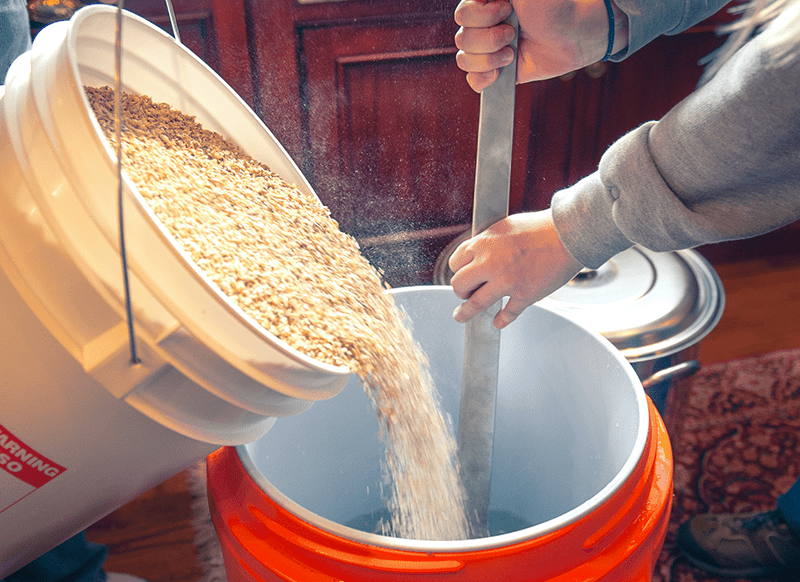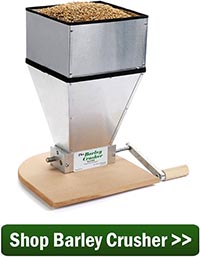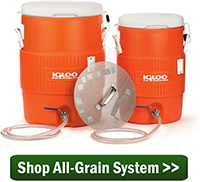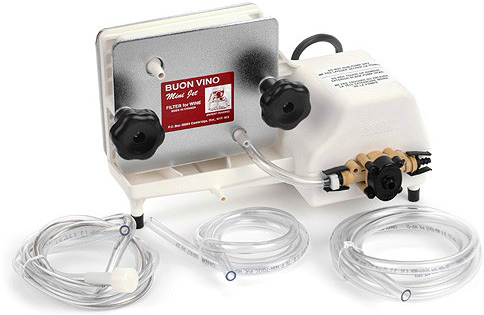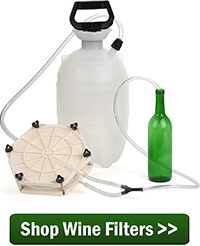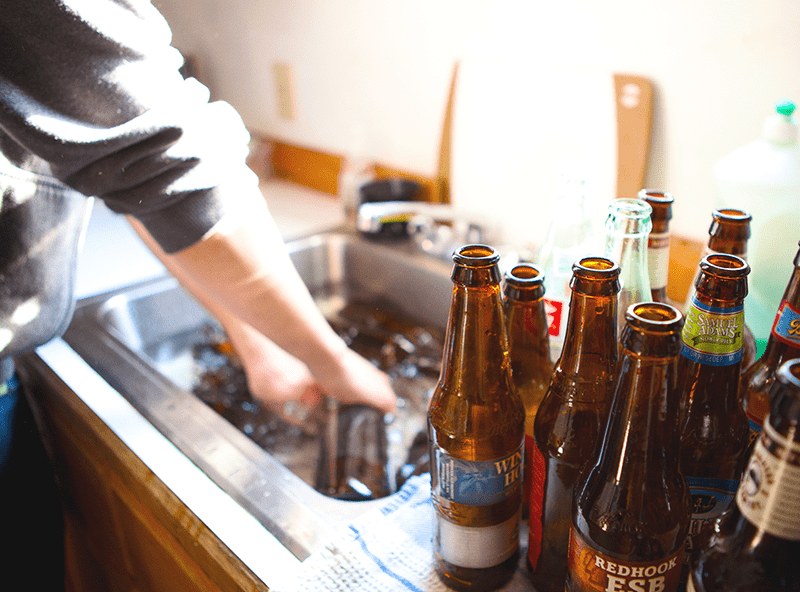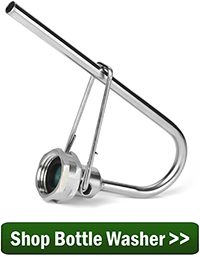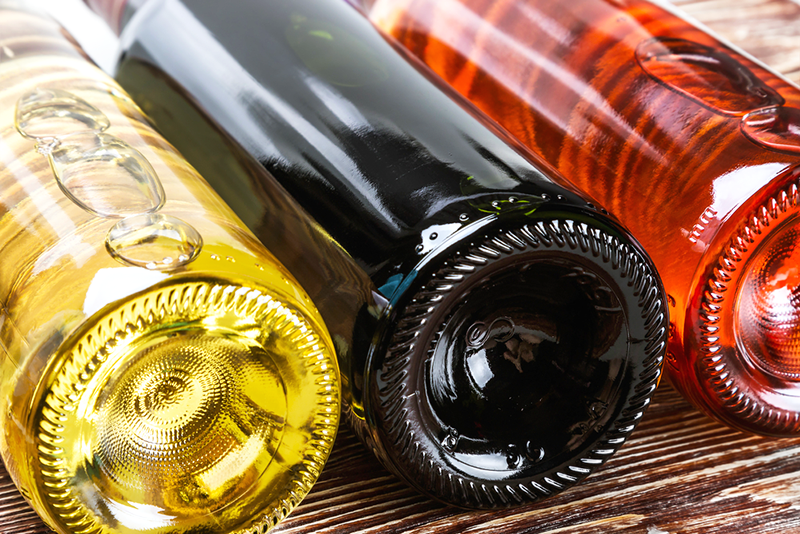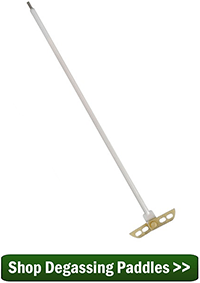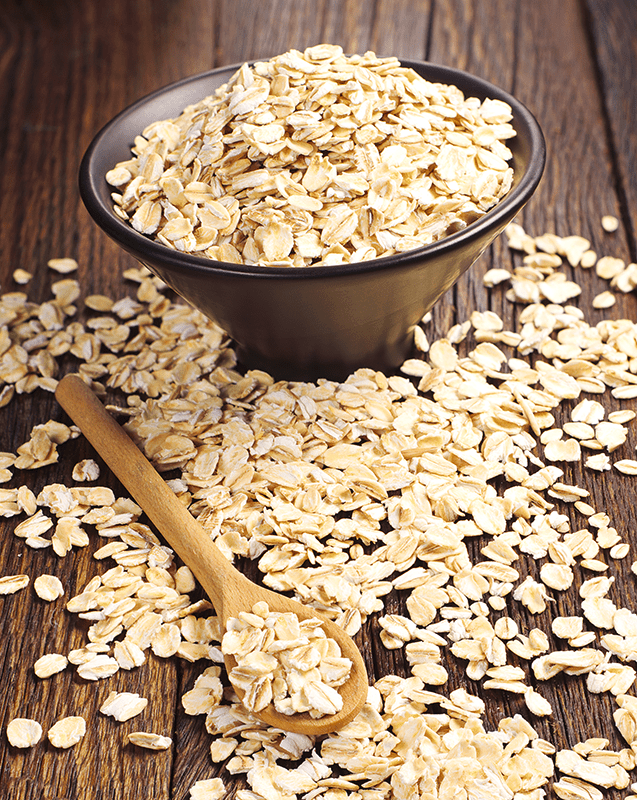 Like barley, wheat, and rye, oats are a cereal grain that can be used in home brewing. It would be difficult to make a desirable beer from 100% oats, but nonetheless oats often find their way into a number of beer styles, especially the oatmeal stout. They can be used to add smooth, silky body and oat flavor to just about any beer style. Oats help with head retention, but may contribute a bit of cloudiness. Here’s more information on home brewing with oats…
Like barley, wheat, and rye, oats are a cereal grain that can be used in home brewing. It would be difficult to make a desirable beer from 100% oats, but nonetheless oats often find their way into a number of beer styles, especially the oatmeal stout. They can be used to add smooth, silky body and oat flavor to just about any beer style. Oats help with head retention, but may contribute a bit of cloudiness. Here’s more information on home brewing with oats…
Oats are found in a number of Belgian and farmhouse styles, namely saisons and witbiers (as in the Brewcraft Belgian Witbier Recipe Kit).
When home brewing with oats you will find that they are typically found in one of three forms: raw, flaked, or malted. As you might have guessed, raw oats are unprocessed. They have to be cooked prior to mashing in order to extract any fermentable sugar from the grain. Flaked oats are the most common form of oats used in brewing. They are gelatinized as they are pressed through heated rollers, allowing brewers to extract their fermentable sugars by adding them directly to the mash. Malted oats are malted in much the same way that barley is, but they are not very common.
It should be noted that oats are technically gluten-free, so they could possibly be used to make gluten-free beer, perhaps in combination with sorghum, rice, or corn. The only hitch is that oats are often processed on shared equipment with wheat. If making a beer for someone with a severe gluten allergy, only use oats that are certified gluten-free.
Home Brewing Your Own Oatmeal Stout…
If you’ve never try home brewing with oats before, one could place to start is with an oatmeal stout. Oatmeal stouts became popular in England, so it stands to reason to use English ingredients when crafting our recipe. Start with two cans of Munton’s Light Malt Extract.
Next, we’ll derive color and flavor from some specialty malts. Try between 4 and 12 ounces each of Roasted Barley, Chocolate Malt, and Caramel 80L. Extract brewers can steep the grains, all-grain brewers can added them directly to the mash, or partial mash brewers can do a mini-mash with an equal amount of base malt. Add 4 to 16 oz. of flaked oats, or up to 10% of the total grain bill. You’ll find when home brewing with oats that this about the typical amount called for.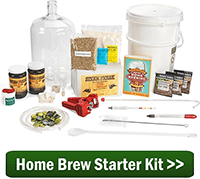
For the hops, we’ll want to use an English variety. Fuggles would be a good choice. The BJCP calls for 25-40 IBUs, so about 2 ounces of hops should do the trick. This beer should have little to no hop aroma or flavor, so add most (or all) of the hops at the beginning of the boil.
Finally, in the yeast department, English ale yeasts are the way to go and there are many good ones to choose from. Any of the following dry yeasts would give relatively clean flavors: Munton’s, Nottingham, Safale S-04. Wyeast 1084: Irish Ale will give more fruity esters, especially if fermented at warmer temperatures.
Have tips for home brewing with oats? Share in the comments!
—–
David Ackley is a beer writer, brewer, and self-described “craft beer crusader.” He holds a General Certificate in Brewing from the IBD.

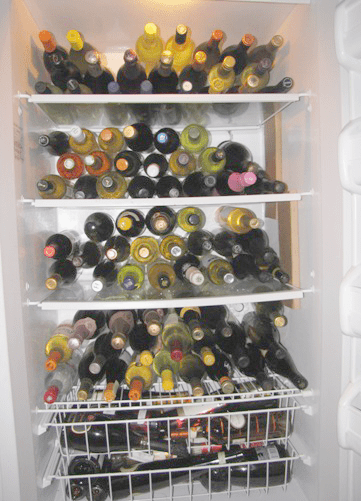 We purchased a refrigerator to store our wine in, but the temp. is 47 degrees. We cannot get the refrigerator to go any higher… Is that too cold to age wine?
We purchased a refrigerator to store our wine in, but the temp. is 47 degrees. We cannot get the refrigerator to go any higher… Is that too cold to age wine?
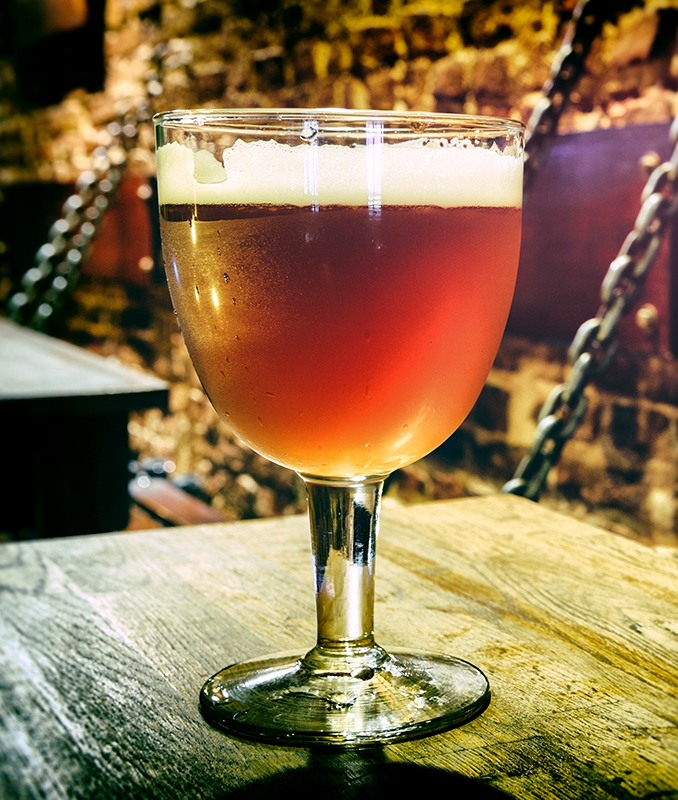
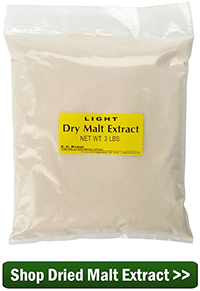
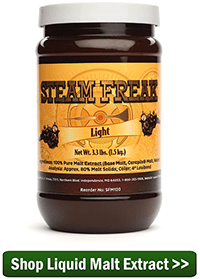

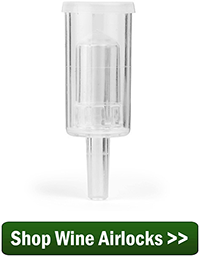
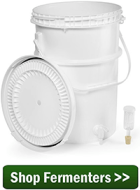
 Today we have a guest post from beer blogger Bryan Roth, who explains why sometimes it’s nice to just sit back, relax, and let the beer brew itself.
Today we have a guest post from beer blogger Bryan Roth, who explains why sometimes it’s nice to just sit back, relax, and let the beer brew itself.